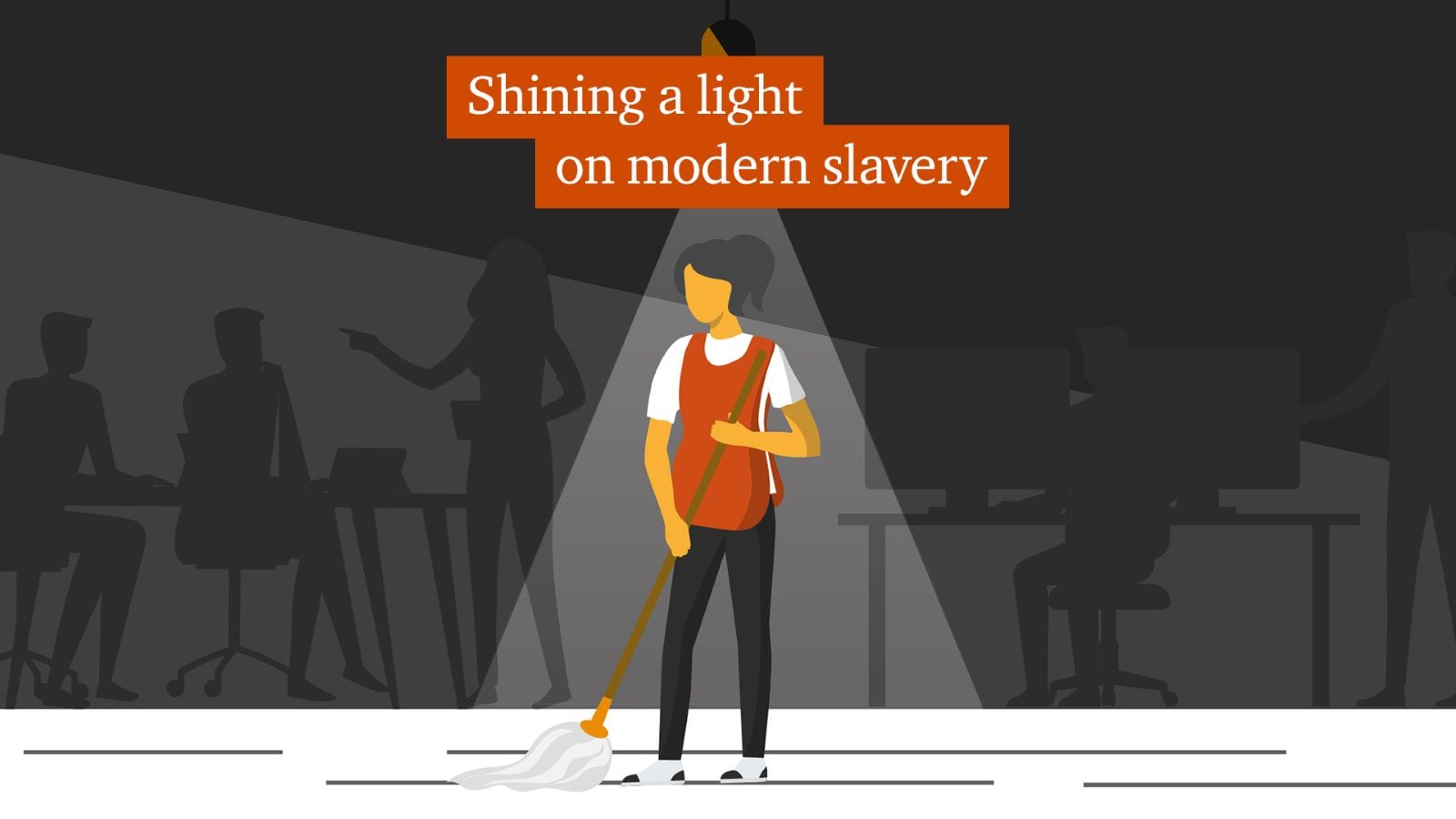Our stories
Combatting modern slavery with Sainsbury's

Sainsbury’s Group was looking to identify and eliminate potential incidences of slavery in their supply chain. As experts in the field, we gave them a tech-enabled way to do so.
Setting the scene
In 2018, there were believed to be a staggering 40 million victims of modern slavery around the world. And it’s not confined to developing nations. In the UK alone, this number is thought to be between 11,000-13,000, but some organisations estimate there could be more than 130,000.
We advised the government in drafting the guidance to the Modern Slavery Act in 2015, which sets out a range of measures on how modern slavery and human trafficking should be dealt with in the UK. The Act requires organisations with a UK presence and a global turnover of more than £36m to produce an annual statement indicating what they are doing to make sure modern slavery isn’t taking place in their business or supply chain.
So we are amongst the most qualified people businesses turn to when they are looking to better understand the problem of modern slavery.
How we helped
Sainsbury’s sells thousands of products. The complexity of each supply chain - the number of tiers, geographical spread and worker profiles - varies considerably depending on the product. Sainsbury’s own-brand products are sourced from more than 3,300 supplier sites based in more than 70 countries.
Sainsbury’s wants to be able to respond accurately and swiftly to growing intelligence on where slavery and human trafficking risk exists and where it might impact their supply chain.
Given that our background in this area was strong, we involved experts from across our business - from Consulting’s Sustainability and Climate Change (S&CC) to our Data Analytics and Deals Forensic teams - to create the Modern Slavery Risk Assessment Tool.

“Slavery in modern society is sadly still a very real issue affecting many people's lives and poses a significant challenge and risk to companies dealing with complex and global supply chains. The work we did together with Sainsbury's Group providing a risk-based tool on modern slavery to determine activities - fits clearly with our purpose to build trust in society and solve an important problem.”
Making a difference
The tool takes complex sets of data from inside and outside Sainsbury’s Group and uses economic modelling and our forensics Radar tool to identify where the most significant potential risks in its business and supply chains lie.
Not only does this tool help Sainsbury’s direct its activities to the areas of greatest risk, it offers them unprecedented visibility to multiple tiers in their supply chain, which is essential if they are to reach the most vulnerable workers. The tool can be applied across the entire range of the Group’s businesses, with their different structures and sectors, so the business can take action. It can also evolve over time, as we work with Sainsbury’s to feed new information into the tool to identify new slavery risks in its supply chain.
The tool is one weapon in Sainsbury’s armoury to tackle modern slavery. It provides mandatory e-learning on ethical sourcing and modern slavery for its staff in relevant areas, plus training, workshops and conferences for its suppliers. This raises awareness of the 11 signs of forced labour and highlights what can be done to identify and combat this crime.
This comprehensive approach has led the Business and Human Rights Resource Centre to hail Sainsbury’s as a leader for transparency on Modern Slavery Act requirements.
This pioneering work on tackling modern slavery isn’t just something we are doing for clients - we are practising what we preach. We’ve had a human rights policy since 2012, and published our first Modern Slavery Statement in 2016. We’ve subsequently grown our modern slavery programme each year, which you can read about in the latest statement. This year, we launched firmwide training on modern slavery, to educate our people on how it manifests itself in the workplace, how to recognise someone at risk and what to do about it.








